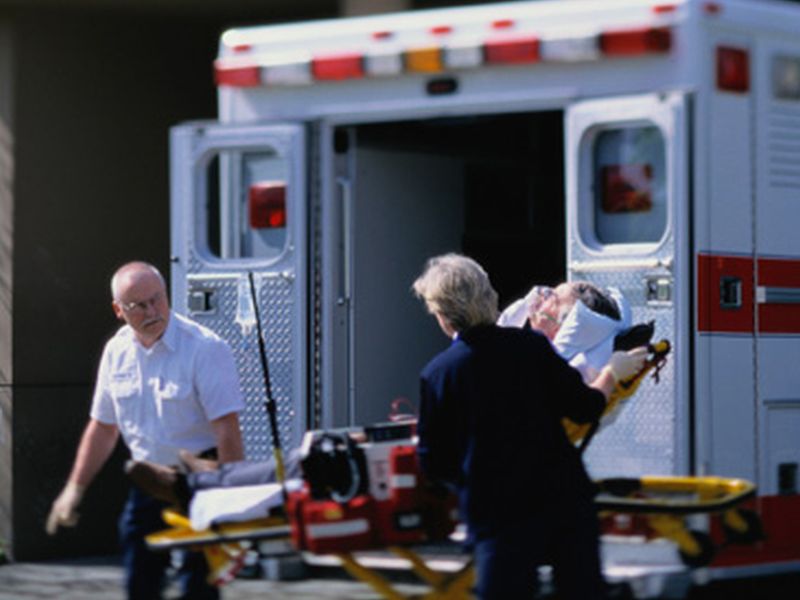Take Steps to Prevent a Stroke

THURSDAY, May 9, 2019 (HealthDay News) -- Strokes are common but not inevitable. There are ways you can reduce your risk, starting with your blood pressure.
Stroke is the fifth leading cause of death in the United States and the leading cause of permanent disability, said Dr. Gary Bernardini, neurology chair at New York-Presbyterian Hospital Queens.
Most strokes occur when blood flow to the brain gets cut off. Here, Bernardini offers some stroke-prevention tips:
High blood pressure is the biggest stroke risk factor. Always monitor your blood pressure, and if it's elevated, talk to your doctor about creating a plan to lower it.
It's also smart to maintain a healthy weight and have a healthy diet. That means reducing salt intake, avoiding high-cholesterol foods, eating multiple servings of fruits and vegetables every day, and eating whole grains.
Along with weight control and lower blood pressure, exercise is an independent reducer of stroke risk. Try to do moderate-intensity exercise at least five days a week, Bernardini said.
Limit or avoid alcohol consumption. More than one to two drinks a day can significantly increase your stroke risk.
If you smoke, try to quit. People who smoke have a nearly four-times increased risk of stroke, according to the World Health Organization.
Get a regular physical. Knowing your blood pressure, cholesterol and blood sugar levels will give you an idea of your health and what you need to do to lower your risk of stroke.
Learn about your family history of stroke. This can help you and your doctor plan any necessary precautions.
You should also know the signs of stroke and seek immediate treatment if they occur, Bernardini emphasized.
"Strokes are a severe medical emergency, and time is of the essence for successful treatment," he said in a hospital news release. "By recognizing and quickly responding to the signs of stroke, you can potentially save your own life or the life of a family member or friend."
To identify and respond to a stroke, remember the acronym FAST: facial drooping, arm weakness, speech difficulties, time to call emergency services.
More information
The U.S. National Institute of Neurological Disorders and Stroke has more on stroke.

The news stories provided in Health News and our Health-E News Newsletter are a service of the nationally syndicated HealthDay® news and information company. Stories refer to national trends and breaking health news, and are not necessarily indicative of or always supported by our facility and providers. This information is provided for informational and educational purposes only, and is not intended to be a substitute for medical advice, diagnosis, or treatment.

